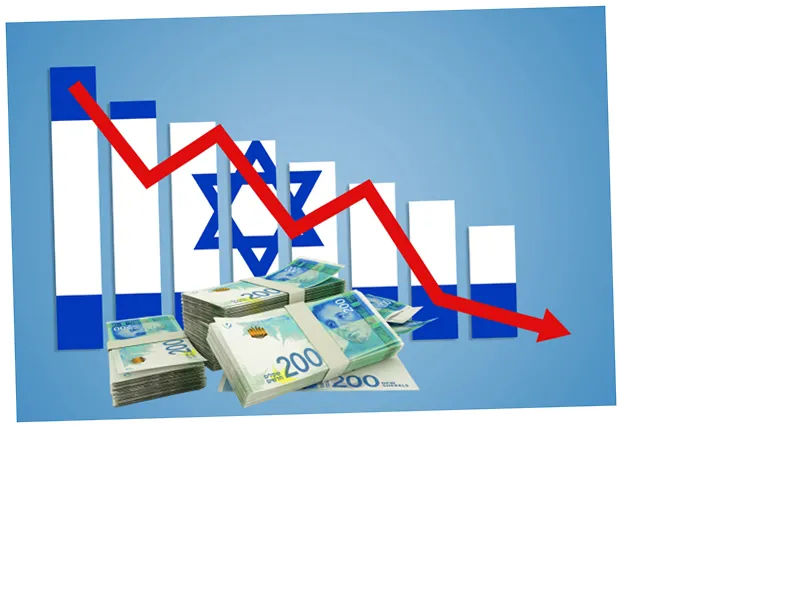The correlation between armed conflict and poverty highlights the urgent need for global peace initiatives.
Rural poverty remains a critical issue, with a significant concentration of impoverished populations in rural areas, particularly in South Asia and sub-Saharan Africa.
The decline in international aid poses a significant threat to the recovery and development of the poorest nations.
If current trends continue, the number of people living in poverty may increase as conflicts persist and international aid remains low.
Without significant intervention, especially in conflict zones, poverty rates could rise, particularly among children and adolescents.
Countries with high levels of debt may face worsening economic conditions, leading to further increases in poverty rates.
Global Poverty Crisis: Over a Billion Affected
The United Nations Development Program (UNDP) has issued a stark warning in its latest report, revealing that over 1.1 billion people worldwide are suffering from multidimensional poverty, with nearly half of them being minors. The report, created in collaboration with the Oxford Poverty and Human Development Initiative, highlights the alarming fact that poverty is three times more prevalent in countries experiencing armed conflicts than in peaceful nations. As of 2023, the number of armed conflicts is at its highest since World War II.
Regional Disparities in Poverty
The report indicates that the majority of those affected by extreme poverty reside in rural areas, which account for approximately 84% of the global poor. India leads the world with 234 million people living in poverty, followed by Pakistan with 93 million, Ethiopia with 86 million, Nigeria with 74 million, and the Democratic Republic of the Congo with 66 million. Sabina Alkira, director of the Oxford Initiative, emphasized that 40% of the impoverished population lives in conflict zones, underscoring the need for peace to effectively combat poverty.
Financial Struggles of the Poorest Nations
In a related development, the World Bank released a report indicating that the debts of the 26 poorest countries have reached their highest level since 2006, exacerbating their economic struggles. These nations, which house 40% of the global population living below the poverty line, have seen their conditions deteriorate post-COVID-19 pandemic. The report warns that international aid to these countries has declined to its lowest levels in over two decades, further crippling their ability to address climate and political challenges. Ayhan Kose, Deputy Chief Economist at the World Bank, called for increased foreign assistance and better domestic fiscal management to alleviate the crisis.





